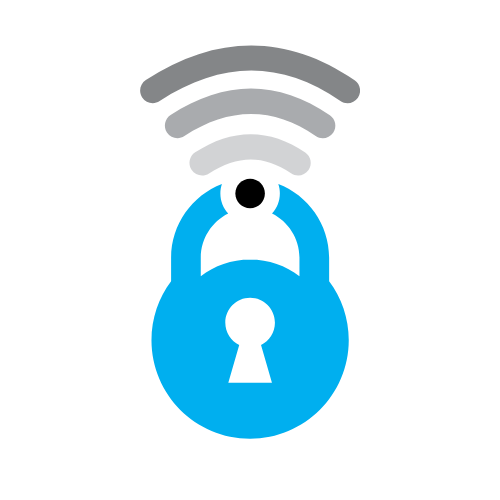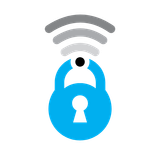Dealing with Online Harassment and Cyberstalking: A Guide to Protecting Yourself and Your Privacy

Summary: Online harassment and cyberstalking can have serious consequences for victims, making it essential to know how to protect yourself and your privacy. This article will provide a guide on dealing with online harassment, including recognizing warning signs, securing your online accounts, reporting incidents to law enforcement, and seeking support from trusted resources.
Introduction
Online harassment and cyberstalking are serious issues that can cause emotional distress and pose threats to personal safety and privacy. Knowing how to protect yourself and respond to such incidents is crucial in today's digital world. This article will provide guidance on dealing with online harassment and cyberstalking and offer tips for safeguarding your privacy.
- Recognize the signs of online harassment and cyberstalking
Online harassment can take many forms, including hateful comments, personal attacks, threats, unwanted advances, or cyberstalking, which involves the persistent monitoring and tracking of an individual online. Recognize the signs of these behaviors and trust your instincts if you feel threatened or uncomfortable.
2. Document the harassment
If you become a target of online harassment or cyberstalking, document the incidents by taking screenshots, saving emails, and recording any other relevant information. This documentation can serve as evidence if you decide to report the harassment to authorities or take legal action.
3. Report the harassment to the platform
Most social media platforms, websites, and online services have reporting mechanisms for addressing harassment and abusive behavior. Report the incidents to the platform where they occurred, providing detailed information and evidence of the harassment. Platforms may take action against the perpetrator, such as suspending or banning their account.
4. Block the harasser
Take steps to limit the harasser's access to you and your information by blocking them on social media, email, or other communication platforms. Blocking the harasser can help reduce their ability to contact you and may deter them from continuing the harassment.
5. Adjust your privacy settings
Review and adjust your privacy settings on social media and other online accounts to limit the information that is publicly accessible. Ensure that only trusted contacts can view your personal information, photos, and posts. Be cautious about sharing personal details or location information that could be used by harassers to track or target you.
6. Inform trusted friends and family
Let trusted friends and family members know about the harassment and ask for their support. They can help monitor your online presence, report additional incidents of harassment, and provide emotional support during this difficult time.
7. Reach out to support organizations
Several organizations offer support and resources for individuals experiencing online harassment or cyberstalking. Reach out to these organizations for guidance, assistance, and emotional support. Examples of such organizations include the National Domestic Violence Hotline, the Cyber Civil Rights Initiative, and the National Cyber Security Alliance.
8. Consider involving law enforcement
If the harassment escalates or involves threats of violence, consider reporting the incidents to your local law enforcement agency. Provide them with documentation of the harassment, including screenshots and any identifying information about the harasser. Laws regarding online harassment and cyberstalking vary by jurisdiction, but law enforcement may be able to take action or provide guidance on pursuing legal remedies.
9. Seek legal advice
In some cases, legal action may be appropriate to address online harassment or cyberstalking. Consult with an attorney experienced in cyber law to discuss your options and determine the best course of action for your situation.
Conclusion
Dealing with online harassment and cyberstalking can be an emotionally challenging and stressful experience. By taking proactive steps to protect your privacy, document the harassment, and seek support from trusted friends, family, and organizations, you can regain control and navigate the situation with confidence. Remember that you are not alone, and there are resources available to help you through this difficult time.





